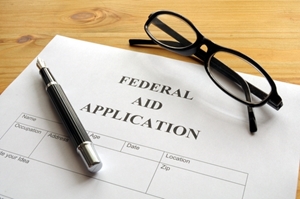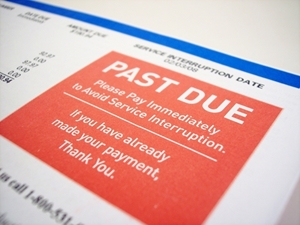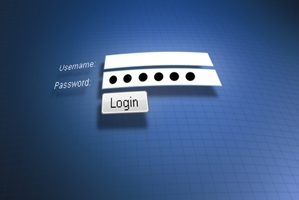
Shortly before the rollout of the federal and state-based health exchanges, the Department of Health and Human Services indicated that a considerable number of people – particularly young single adults – could be eligible to obtain their coverage for less than $50 per month if they didn't already have employee benefits, thanks to subsidies. But according to a recent analysis, a small percentage of exchange applicants have been deemed permitted to receive financial assistance.
Strategic advisory services firm Avalere Health found that through Nov. 2, only about 30 percent of exchange customers were eligible for federal subsidies, which when secured help to lower consumers their out-of-pocket expenses. There have been reports suggesting that as many as 84 percent of applicants would be considered permitted to obtain this type of compensation for coverage.
There are at least two potential reasons why there aren't as many subsidized enrollees, according to the report. One of which is that many of the individuals who went through the process for obtaining coverage did not complete it. Because HHS defines "eligible" customers as those who complete their application, there's a smaller pool of individuals in the exchange than was anticipated. The second possible explanation is that subsidy-eligible enrollees were more likely to experience website problems.
Meanwhile, the Centers for Medicare and Medicaid Services recently released its progress and performance report on how the function of HealthCare.gov has been over the past several weeks since the flawed rollout on Oct. 1. CMS stressed that in the month of November, there was "substantial progress" recorded, evidenced by hundreds of software fixes, hardware upgrades and a "measurably improved" user experience.
The report cautioned, however, that more work needs to be done before it can be considered on par with the operational capability of other private sector websites, though it maintained that its effectiveness is up to that standard.





